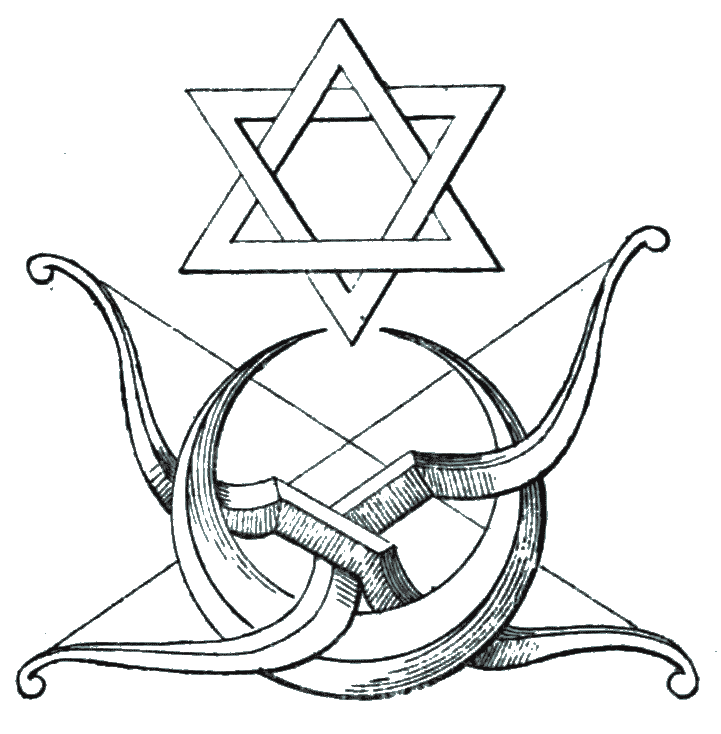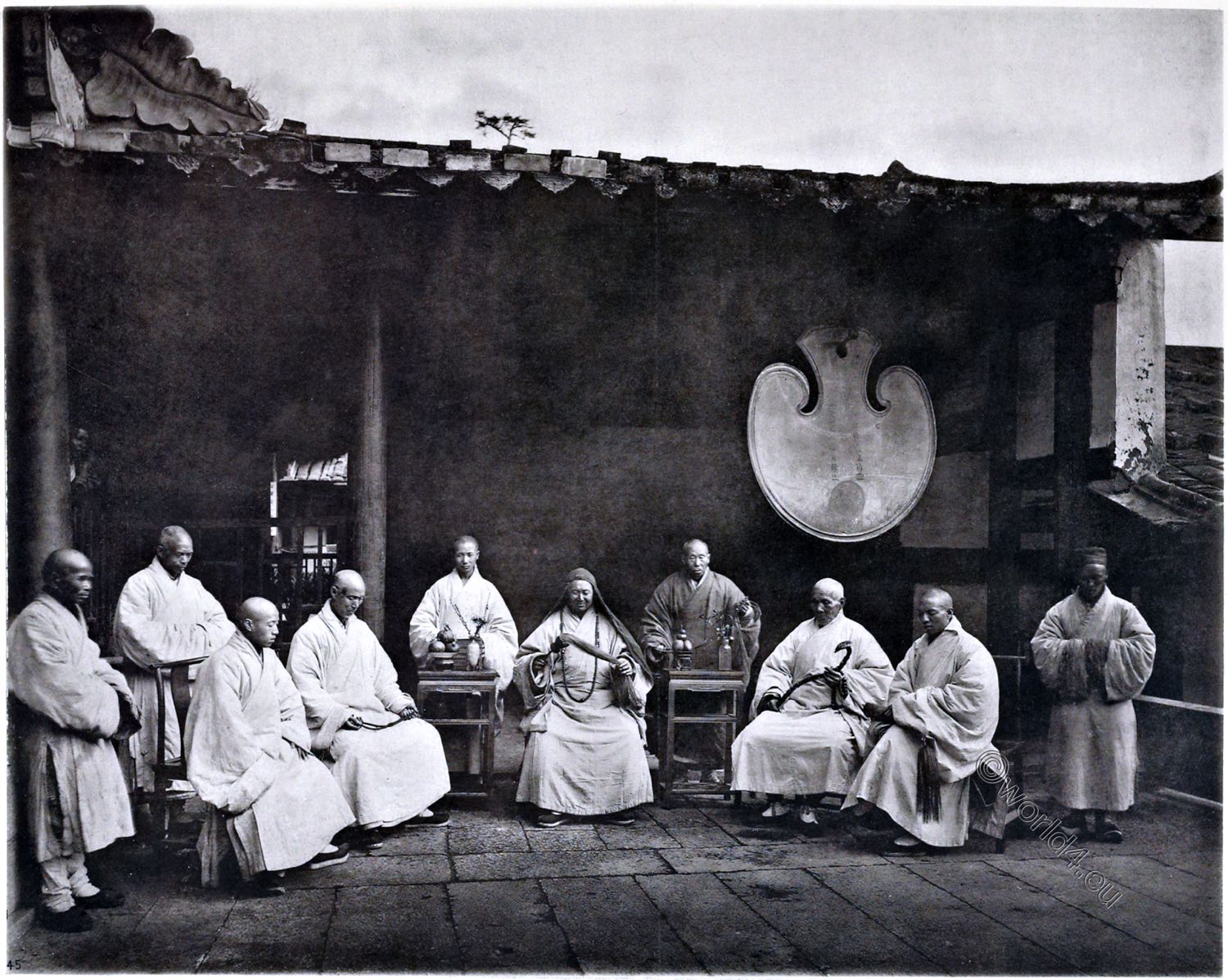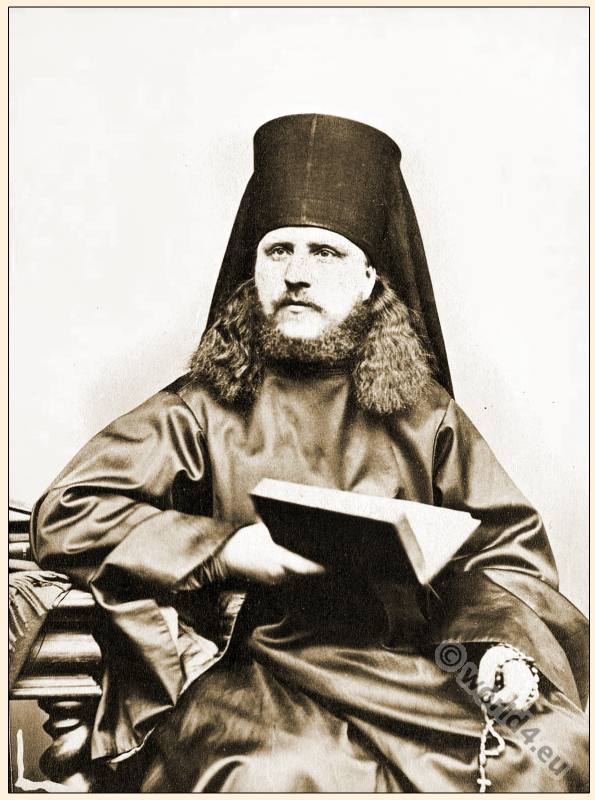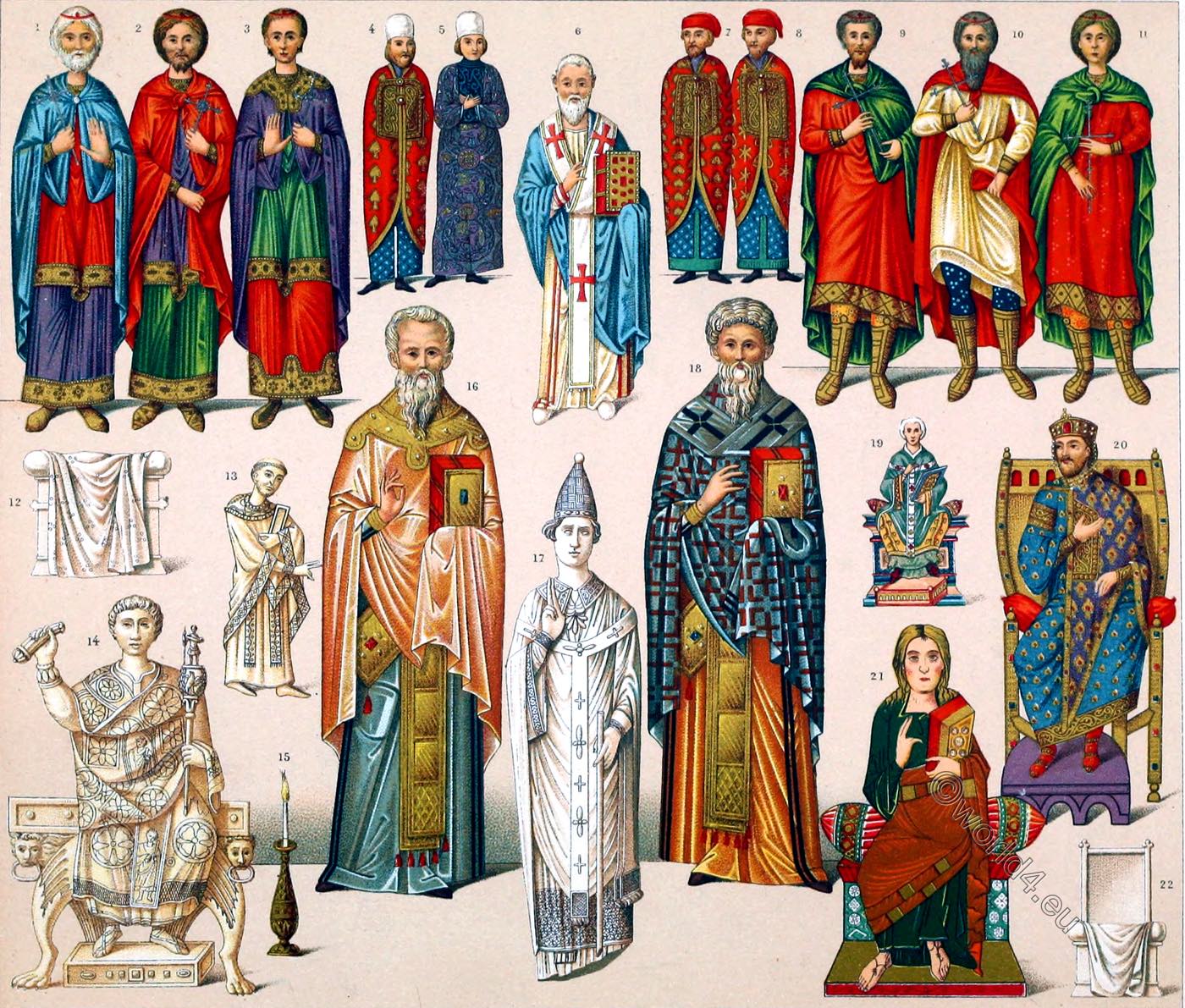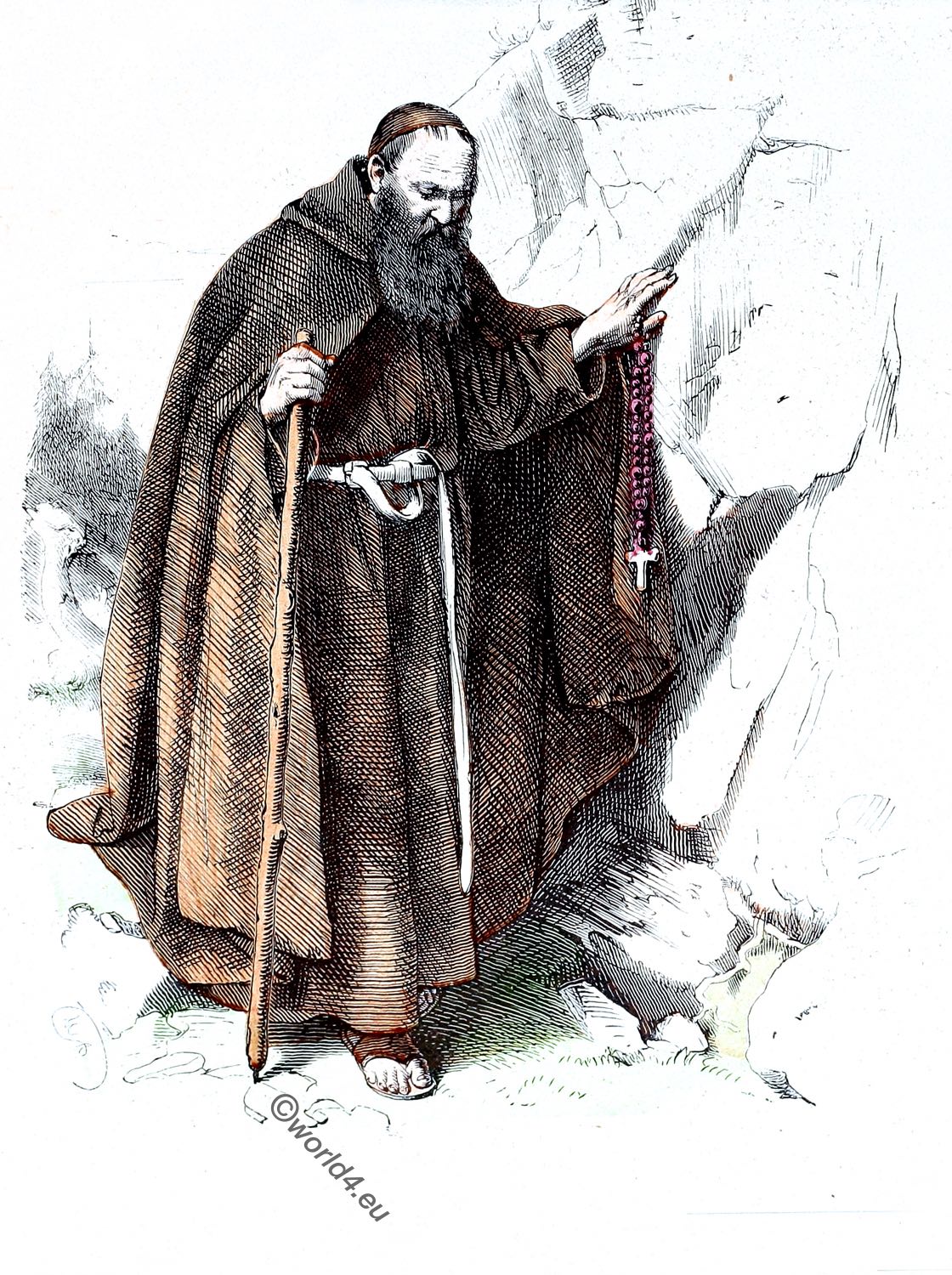THE DAILY LIFE OF THE MONK FAVOURABLE OR DETRIMENTAL TO CREATIVE WORK.
Benedictine rules
In the Benedictine system early Western monasticism is to be seen at its best. Its rule was generally adopted by the monasteries of Western Europe. The following is a partial list of the subjects considered:
The Character of an Abbot, silence, maxims for good work, directions as to divine service, humility, poverty, rules for dormitories, penalties, duties of various officers, care of the sick, daily rations of food and drink, hours for meals, fasting, dress, entertainment of guests.
The monk passed his time in manual labor, copying manuscripts, reading, fasting, and prayer. Poverty, chastity, obedience, labor, and religious devotion were the essential features of a monastic life.
The rules of Benedict give minute precepts for the monks’ conduct and occupation throughout each hour of the day and night. No time, no circumstances were left unguarded or unoccupied with those acts which lead to God. The monks, consequently, were kept busy with righteousness so that he might have no leisure for sin. He was guided along the paths of righteousness rather than forbidden to go astray.
The monk could adopt any kind of work so long as it did not interfere with a life of prayer and renunciation. From the very outset, therefore, prayer was regarded as the monk’s first duty.
Some authorities would have us believe that there were too many hours of prayer, too many needless regulations for silence, fasting, and penance to produce a healthy, vigorous type of religious life. Self-forgetfulness is the secret to happiness. The monk thought otherwise, for he never lifted his eyes from his own soul and was forever feeling his spiritual pulse.
There are times in everyone’s life when the higher nature demands meditation and reflection, but the monks carried this to an extreme. Seclusion did not benefit the average monk. There were exceptions, as the history of monasticism reveals, but these are by no means typical of the usual effects.
Experience has taught us that an interest in others, along with a strong mind and body are the best antidotes to religious despair and the temptations of the soul. Too often the monks of the cloisters escaped from all social obligations; they sought solitude not for the purpose of fitting themselves for a place in society, but for selfish, personal ends.
The first monks did little in the way of external labor. They did work of a simple character perhaps, such as making baskets and weaving mats. But with Pachomius, (abt. 292-346; manual labor was an essential part of the monastic life.
The Benedictines ennobled manual labor. It was well that they did, for the sites chosen for their retreats were usually in wild and inaccessible places. No one else cared to undertake the task of clearing and draining them. In place of the disappearing forests, miles of waving crops stood in their places. Thus was agriculture dignified, improved and developed by these pioneers of a new civilisation.
The copying of manuscripts was a service to learning of large future significance.
And so we could go on describing the monks’ conduct and occupation during each hour of the day and night. It suggests a dreary life, but that would depend upon the individual monk’s temperament. Cluny could not have been dreary for Bernard, Mar Saba for Cosmas and John of Damascus, for Theodore and Joseph, and St. Gall for Notker. These were exceptional cases, one may say. True enough. We cannot hold up any single example as the criterion.
The judgment of most historical scholars seem to be that the daily life of the monk during the Middle Ages was not favourable to creative work, as a general rule. Here and there exceptional characters created exceptional works.
This might be put another way: the daily life of the monk was not favourable, nor was it detrimental to creative work; it depended upon the individual monk. It would seem that the monks who were in the thick of the controversies of the day, either before or after becoming monks, retired to the monasteries in security for contemplation and reflection. It was then that the individual monk rose to great heights, in spite of the daily life in the monastery.
Source: Monastic centres of hymn writing and their influence on hymnody, by Allan Fraser.
Related
Discover more from World4 Costume Culture History
Subscribe to get the latest posts sent to your email.


